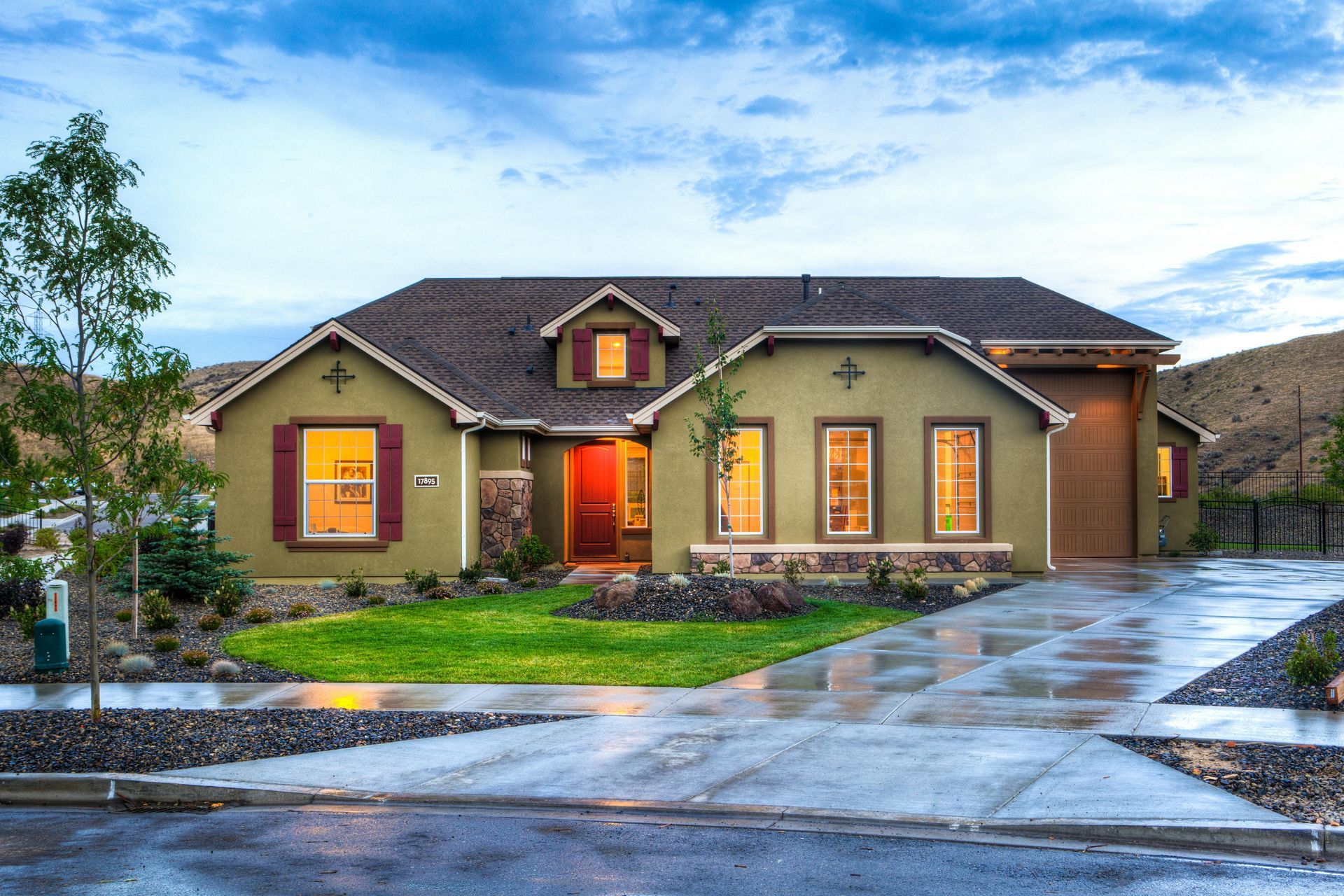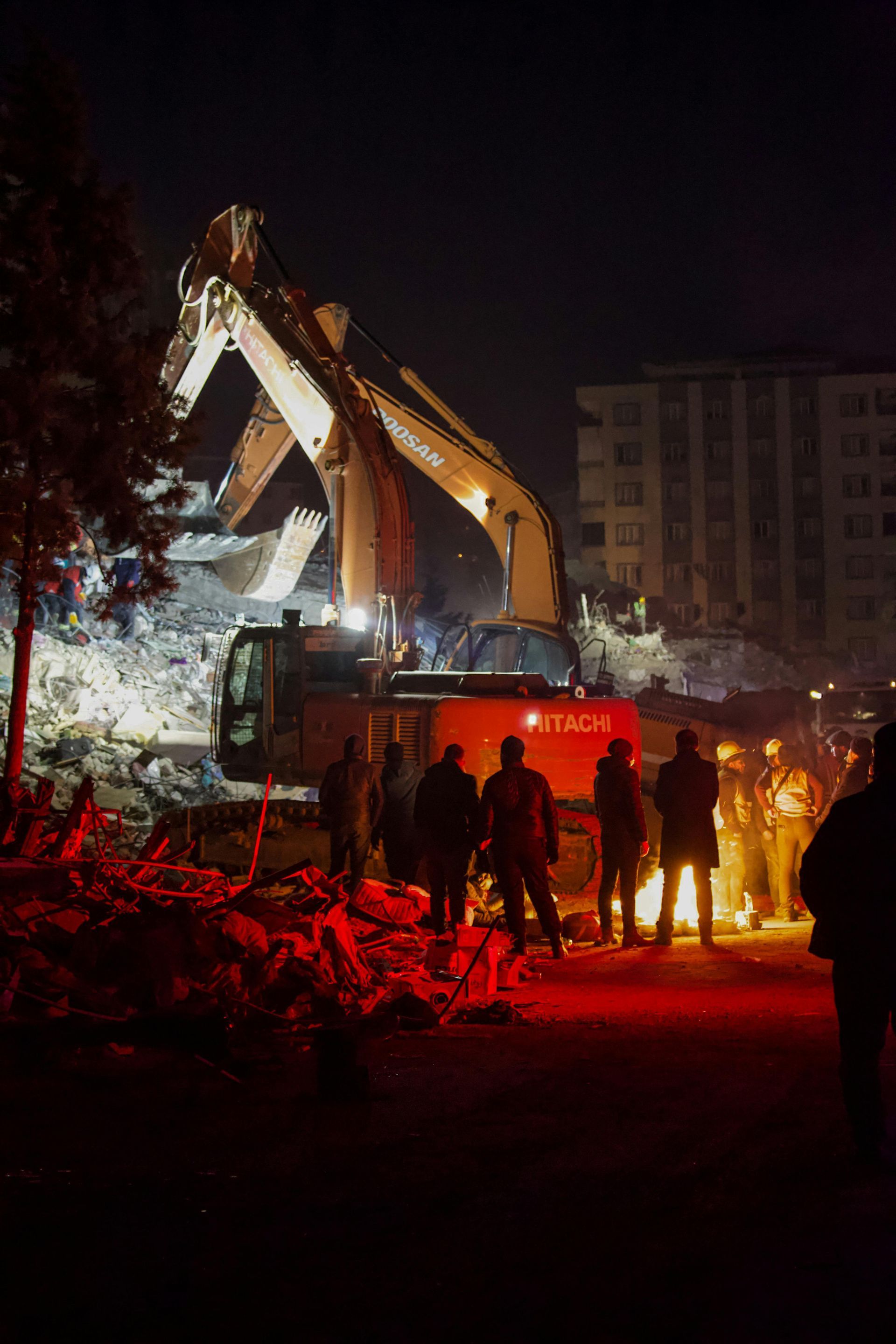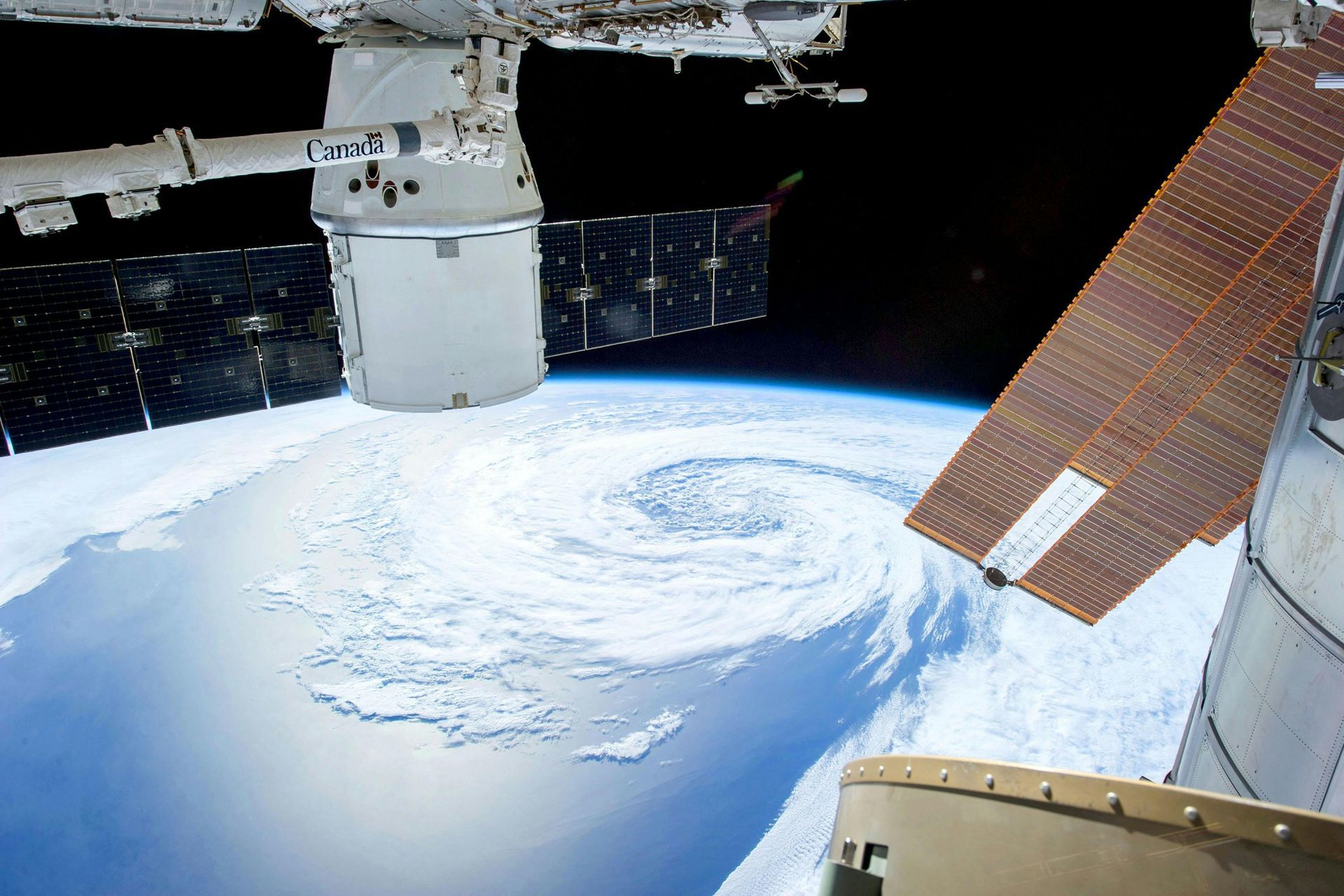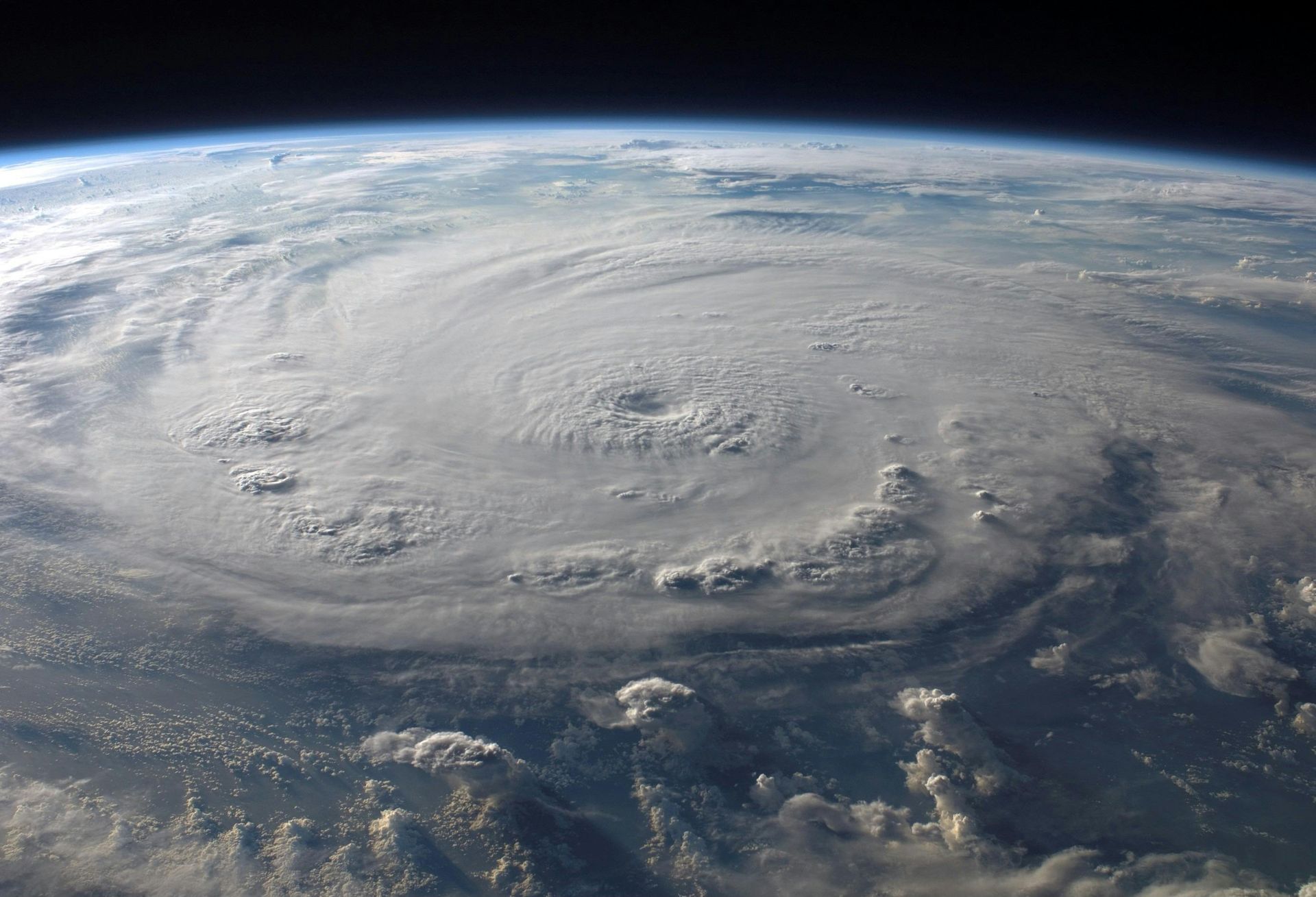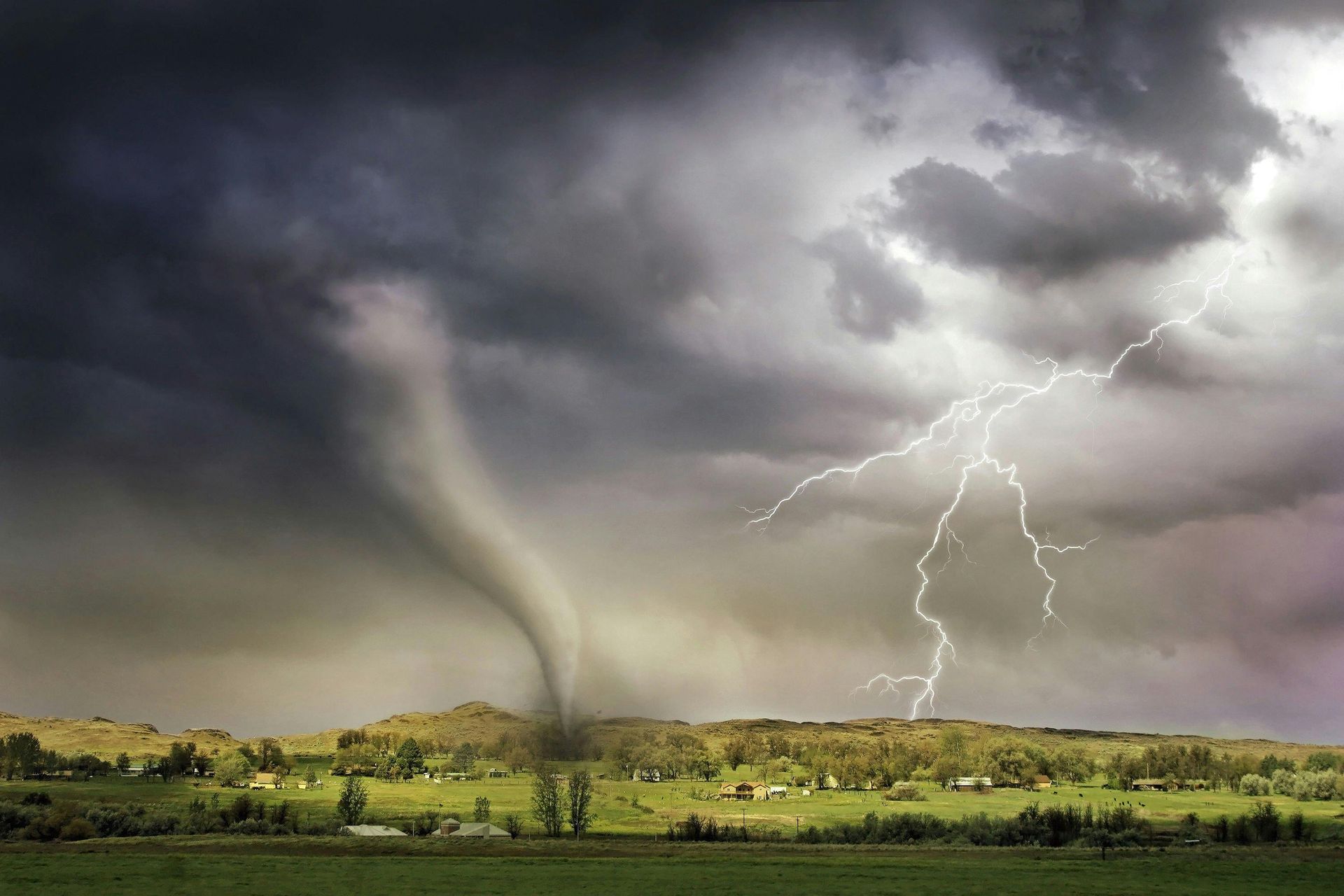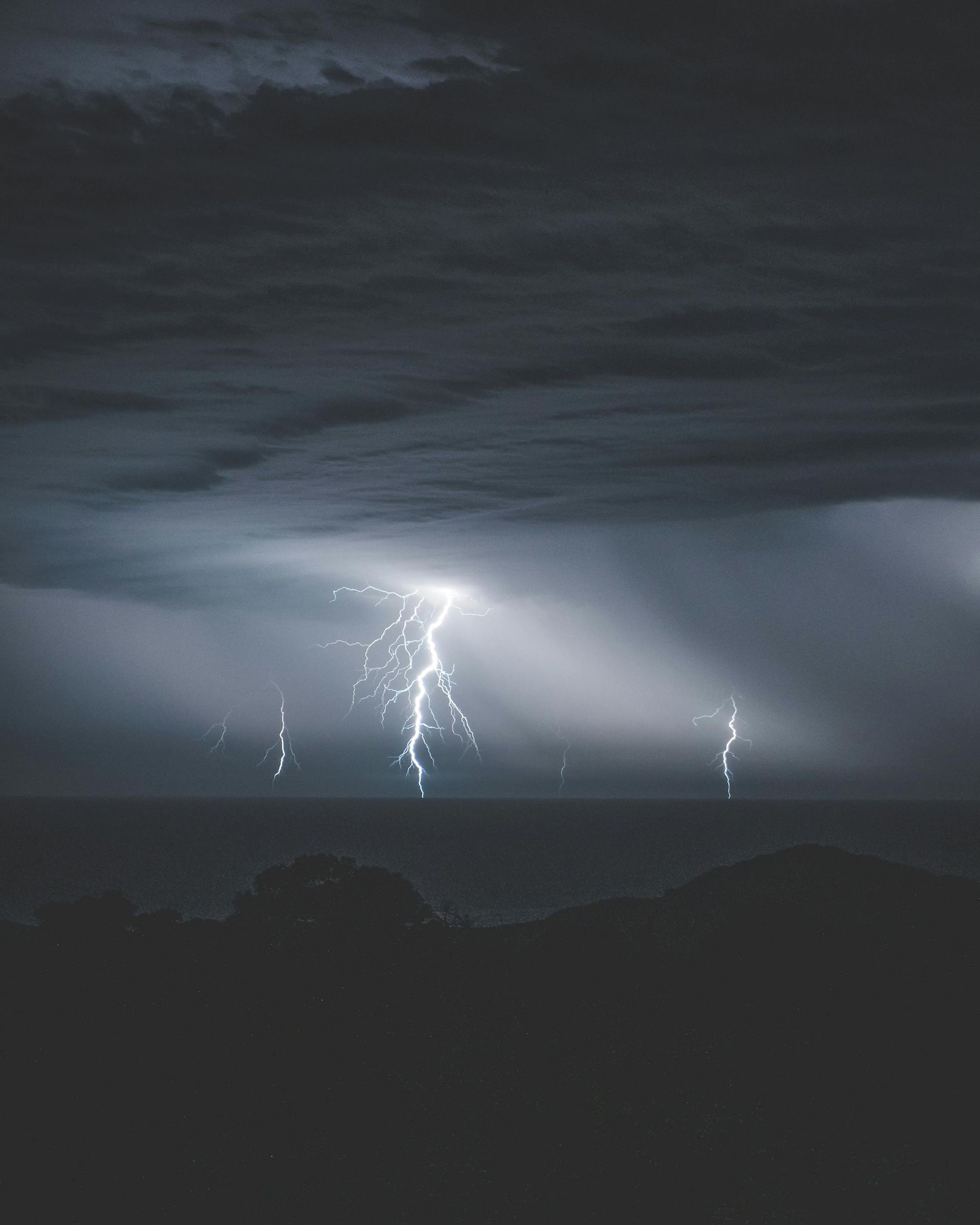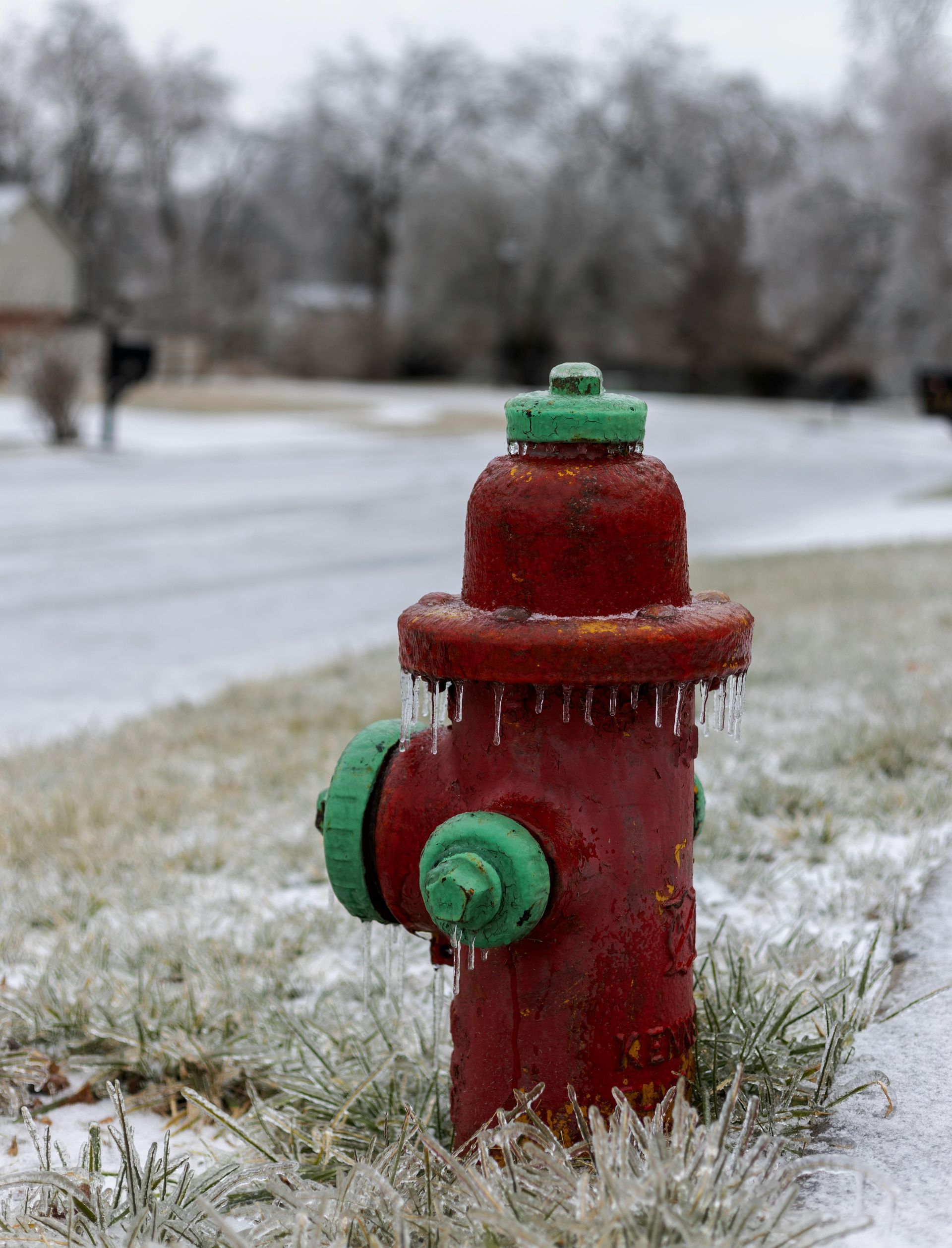The Cost of Delay
Why Waiting to Restore Storm Damage Can Lead to Bigger Problems
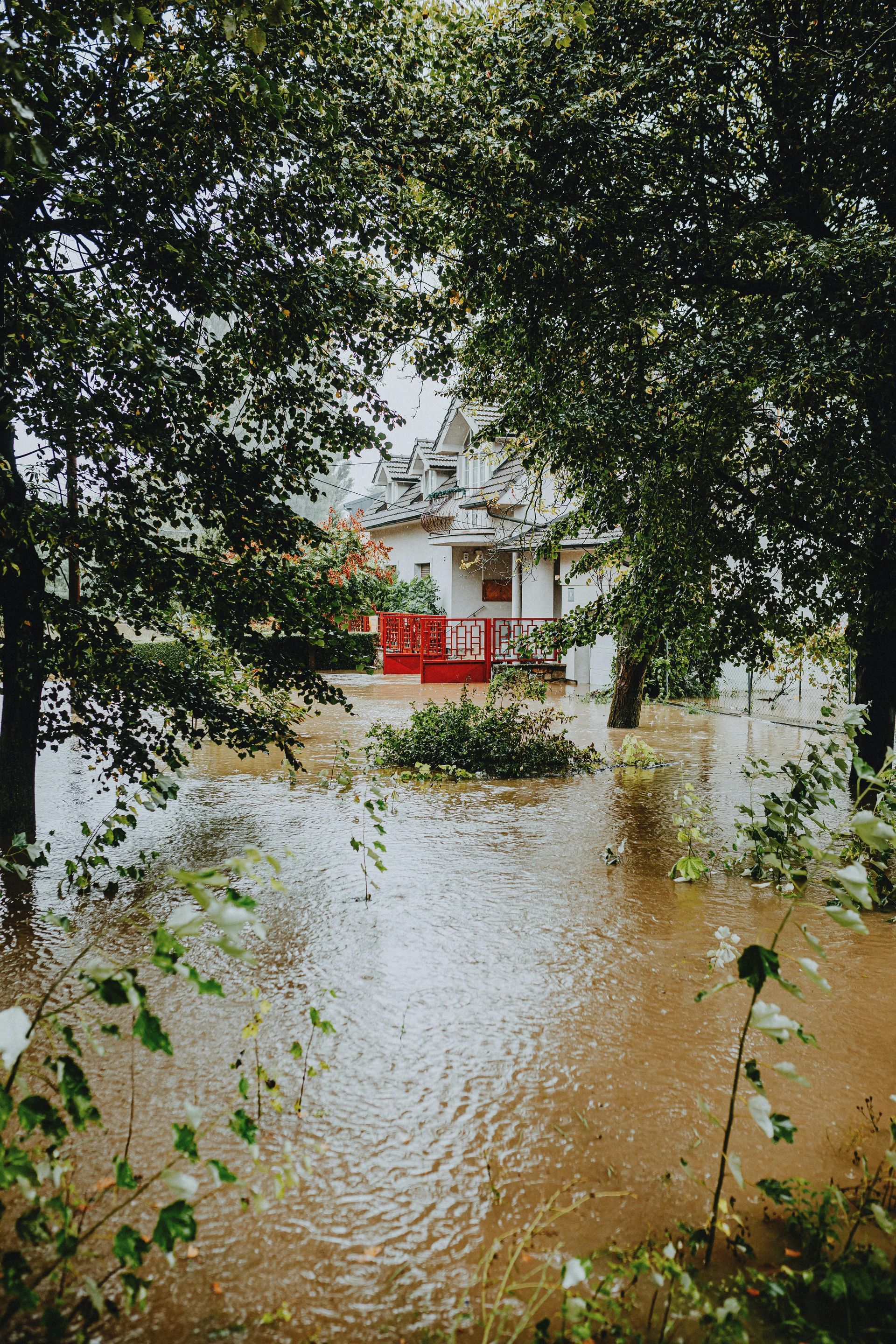
After a storm passes, the temptation to delay addressing property damage can be strong. Life gets busy, finances may feel tight, or the damage might seem minor at first glance. However, waiting to restore storm damage can have significant consequences, turning manageable issues into expensive, long-term problems.
At Disaster South, we’ve seen how prompt action can save homeowners from escalating costs, prevent further damage, and speed up the recovery process. In this post, we’ll explore the hidden dangers of delaying storm damage restoration and why acting quickly is always the smarter choice.
The Risks of Waiting to Restore Storm Damage
Storm damage doesn’t repair itself—it worsens over time. Ignoring issues, even minor ones, can lead to bigger problems that affect your home, finances, and safety.
1. Escalation of Structural Damage
Storms often weaken the structural integrity of buildings. Waiting to address these issues can:
- Allow cracks, leaks, and weak spots to spread.
- Compromise the safety of your home’s foundation, walls, or roof.
- Lead to partial or complete structural failure during future storms.
For example, a small roof leak might seem insignificant but can grow into extensive water damage that weakens your home’s framework.
2. Water Intrusion and Mold Growth
Water damage from leaks, floods, or standing water is one of the most common issues after a storm. If not addressed quickly:
- Mold Growth: Mold can begin to form within 24–48 hours in damp areas, posing health risks to your family.
- Wood Rot: Prolonged exposure to moisture can rot wooden structures, compromising their strength.
- Electrical Hazards: Water can seep into wiring, increasing the risk of electrical fires or short circuits.
Delaying water damage restoration can turn a manageable issue into a health hazard and expensive repair project.
3. Increased Repair Costs
The longer you wait to address storm damage, the more expensive repairs become:
- Secondary Damage: A small roof leak can lead to ruined insulation, stained walls, and damaged flooring.
- More Labor and Materials: Extensive damage requires more time, expertise, and resources to fix.
- Hidden Issues: Problems that are out of sight, like moisture behind walls, can worsen and require invasive repairs if ignored.
Addressing damage promptly reduces the risk of compounding issues, keeping costs under control.
4. Complications with Insurance Claims
Most insurance policies require you to act quickly to mitigate damage after a storm. Delaying restoration can:
- Invalidate Claims: If your insurer believes you didn’t take reasonable steps to prevent further damage, they may deny your claim.
- Delay Payouts: Waiting to start repairs can slow down the claims process, delaying the funds you need to recover.
Timely action demonstrates responsibility and helps ensure a smoother claims experience.
5. Health and Safety Risks
Unaddressed storm damage can create unsafe living conditions:
- Mold and Mildew: These can cause respiratory issues, allergic reactions, and other health problems.
- Structural Hazards: Weak roofs, walls, or floors can collapse without warning.
- Pest Infestations: Openings caused by storm damage can invite rodents, insects, and other pests into your home.
Protecting your family’s health and safety should always be a top priority.
Why Prompt Restoration Makes a Difference
Acting quickly after storm damage has numerous benefits:
- Cost Savings: Catching and addressing issues early keeps repair costs manageable.
- Faster Recovery: Restoring your home promptly helps you return to normal life sooner.
- Peace of Mind: Knowing your home is secure and safe reduces stress and anxiety.
What You Can Do to Address Storm Damage Quickly
If your property has been damaged by a storm, follow these steps to mitigate risks and start the restoration process:
1. Assess Damage Safely
After ensuring it’s safe to return, inspect your property for visible damage:
- Check for roof leaks, broken windows, and water intrusion.
- Document damage with photos and videos for your insurance claim.
- Avoid touching damaged electrical systems or entering unstable structures.
2. Contact Your Insurance Company
Notify your insurer as soon as possible. Provide documentation of the damage and follow their guidance on next steps.
3. Call a Restoration Professional
Engaging experts like Disaster South ensures that damage is properly assessed and repaired:
- Thorough Inspections: Professionals can identify hidden damage, such as moisture buildup or compromised structures.
- Comprehensive Restoration: Expert teams address all aspects of storm damage, from water extraction to structural repairs.
- Quick Action: Restoration companies prioritize storm damage cases to minimize your losses.
A Hypothetical Scenario: Acting Quickly to Save Costs
Imagine a family discovers a small roof leak after a hurricane. Instead of addressing it immediately, they decide to wait a few weeks. During that time, rainwater seeps through the insulation, staining the ceiling and causing mold to grow. What could have been a minor repair now requires mold remediation, new insulation, and ceiling replacement—tripling the cost of restoration.
Had the family called a professional restoration team right away, the problem could have been resolved quickly and at a much lower cost.
The Disaster South Promise
At Disaster South, we understand the urgency of storm damage restoration. Our team is equipped to respond quickly, assess damage thoroughly, and provide expert repairs that protect your home from further harm. We don’t just fix damage—we help you rebuild with confidence and care.
Don’t let minor storm damage turn into a major issue. Take the first step toward restoration by contacting Disaster South today. Call 877-84-STORM or visit our website to schedule a free damage assessment. Acting now can save you time, money, and stress—because your peace of mind is worth it.
